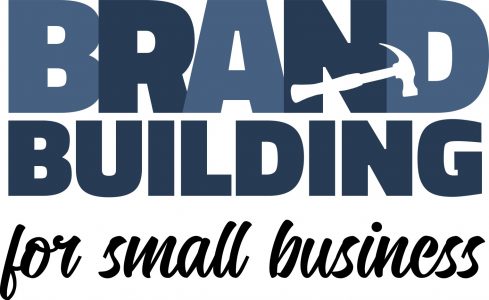Whenever you are conducting a sales campaign, you are certain to have a “pitch” about the differentiating qualities of your product or service that results in a call to action such as a request to buy from you. In our experience, a simple, well-executed, Internet landing page can be the most effective vehicle for accomplishing that task . . . and your landing page can provide an important opportunity to reinforce (and capitalize upon) your brand.

What Is a Landing Page?
According to “Unbounce” (a developer in the field):
“In digital marketing, a landing page is a standalone web page, created specifically for a marketing or advertising campaign. It’s where a visitor ‘lands’ after they click on a link in an email, or ads from Google, Bing, YouTube, Facebook, Instagram, Twitter, or similar places on the web.” (https://unbounce.com/landing-page-articles/what-is-a-landing-page/)
Getting Started
That said, landing pages are of course web pages . . . but unlike home pages or other content pages on your site, these have a very dedicated function and are constructed differently. Whereas home pages – for instance – are created to communicate lots of information and encourage exploration, landing pages basically:
- Reinforce your sales pitch as concisely as possible.
- Offer supporting evidence (such as testimonials or research data) to help clinch the sale.
- Provide a simple form to complete the transaction.
- Include a logo that links to your home page (but just that) for those who need more information to finalize the sale.
- Reflect the branding of the company to take advantage of past efforts to establish a readily recognizable identity that adds value to the product and/or service being sold. (IMPORTANT: Be sure your web site/homepage, sales vehicles, and landing pages all reflect the branding elements decided upon in your Style Guide to gain maximum value from each of them.)
Whether you are building your landing page from scratch . . . or are simply customizing one of the many templates now available, we have found a few key points worth remembering during your development:
- Your goal is to be as simple, direct, and concise as possible.
- Your headline and any body copy should reflect your sales pitch (i.e., differentiating sales qualities) being used at that time in ads, direct mail pieces, social media, mass e-mails, etc. (Remember: Landing pages are for TRANSACTIONS so keep copy and content short. If a bullet point or two will suffice, use them. Save your long, persuasively written copy for your web site and sales tools.)
- Include art/graphic elements but limit the quantity to one or two mirroring the images of your sales pieces and consistent with the elements of your branding Style Guide.
- Typically, a form will be used to complete the sale or other transaction. Keep your requests as lean as possible with the absolute minimum number of fields required to accomplish your mission. For example: If your ultimate goal is to collect e-mail addresses to build a data base, just get that piece of information and use that at a later date to gather other details. Your goal is to enable the interested party to complete the transaction as quickly and easily as possible, guarding against losing them along the way.
- As part of incorporating your brand, plan (as previously mentioned) to include a copy of your logo that links back to your home page. However, other navigation that does not fulfill the call to action should be excluded. (Why risk the distraction?)
- Sales campaigns usually use multiple media such as ads, direct mail, social media, etc. Employing the same landing page for each of them can facilitate tracking efforts . . . but you want to be sure you can identify the source that generated the lead. While a number of alternative strategies exist, one way to accomplish this objective is to use multiple copies of the same page with an identification such as “1” for ads, “2” for mass e-mails, “3” for snail mail, etc. With all of your results arriving via your landing page, you get a very clear picture of your most successful sales vehicles AND have a bit more control over the closing of the sale, including any necessary follow up of now qualified leads that might be required. Since so much time, effort, and expense is invested in developing a warm lead, you can’t afford to have any fall between the cracks. (In my past life, we felt so strongly about this issue that our landing page was the only contact information provided on our sales vehicles; we did not include a phone number because we wanted to make sure all telephone contact was as timely and structured as possible.)
A Word About Testing
Like other sales materials, landing pages can be constructed in a number of different ways. In our experience, running a controlled test of multiple versions before a limited audience should reveal which elements work best and which version should ultimately become part of your sales campaign.
Land on Your Brand!
Just for emphasis, we will close this article by repeating the importance of making your landing page reflect both the branding elements and the design and pitches used in the corresponding campaign. Since your landing pages are designed to “seal the deal,” failure to fully reflect your branding wastes the time, effort, and resources spent shaping your identity and misses the last opportunity to have a positive impact upon the sales process.
Note: To further develop this theme, a future article will be devoted to creating a landing page for our blog that further illustrates these principles in action. For now, those interested in learning more can check out the writings of Neil Patel: https://neilpatel.com/blog/beginners-guide-to-landing-pages/.
